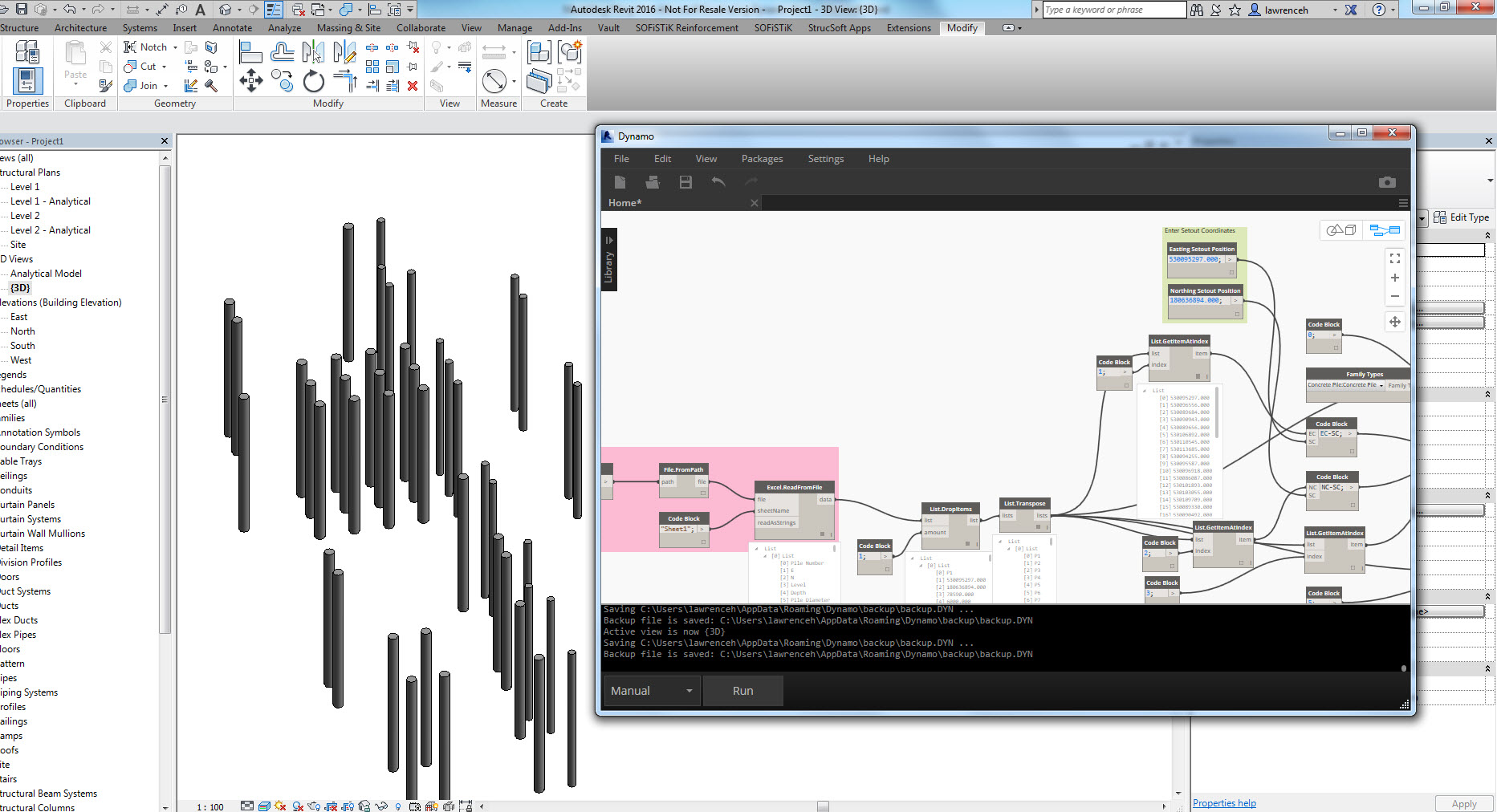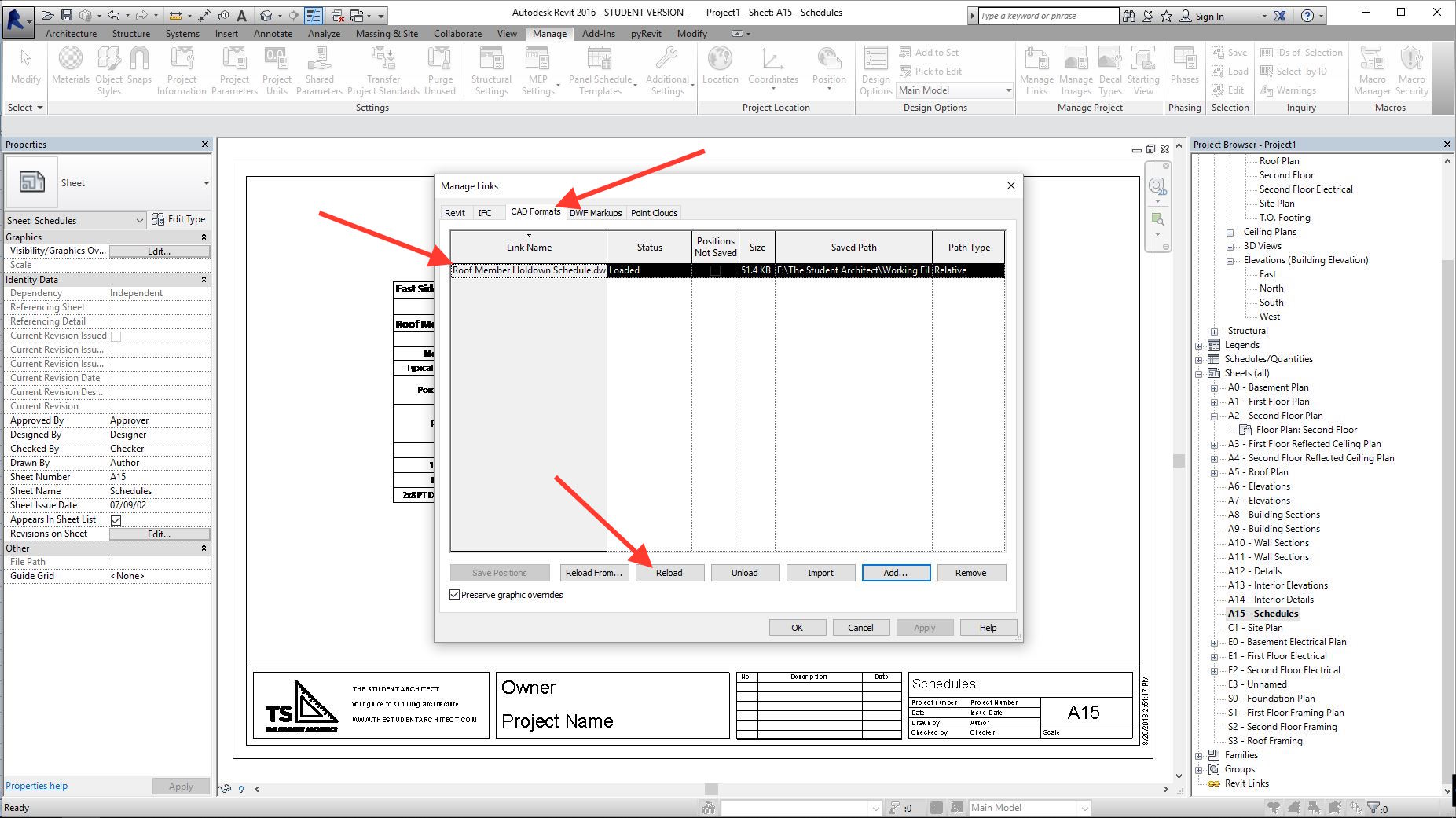Revit Tool Option for Streamlined Modeling and Design
Wiki Article
Grasping the Art of Data Integration: Just How to Seamlessly Import Excel Data Into Revit
Are you having a hard time to import Excel files into Revit smoothly? Look no more! In this post, we will certainly assist you with the procedure of grasping the art of data assimilation. Discover the relevance of smooth assimilation in Revit and discover the Excel documents format for Revit combination. Prepare yourself to prepare your Excel data effortlessly and follow our detailed guide to import documents into Revit. With our ideal techniques, you'll accomplish data integration success in no time. Let's get going!Understanding the Importance of Data Integration in Revit
Comprehending the significance of data integration in Revit is critical for smooth importing of Excel files. It allows you to effectively update and manage details throughout the entire project when you incorporate information from Excel into Revit. This combination makes sure that your layout and building and construction process is updated and accurate.By integrating data, you can easily import and update criteria, timetables, and also geometry in Revit. This eliminates the demand for hands-on data entry, conserving you time and lowering the risk of errors. With Revit's information integration capacities, you can keep uniformity and precision in your job, while likewise enhancing cooperation among employee.

Discovering the Excel Data Style for Revit Integration

In order to successfully integrate Excel files right into Revit, it is important to make sure that the information is formatted appropriately. This consists of properly identifying columns and rows, as well as structuring the data in such a way that is suitable with Revit's information schema. Revit makes use of particular specifications and categories to organize data, so it is necessary to straighten the Excel data with these specifications to make sure a seamless assimilation.
Furthermore, it is necessary to note that Revit just sustains specific data types when importing from Excel. These include message, numbers, and dates. Any kind of other data kinds, such as formulas or conditional format, will certainly not be identified by Revit and might create concerns during the integration procedure.
Preparing Your Excel Information for Seamless Import Into Revit
To ensure a smooth assimilation process, you'll need to appropriately style and label the columns and rows in your Excel data before importing it right into Revit. This action is important because it enables Revit to accurately translate and organize your information. Begin by examining your Excel information and identifying which columns and rows have appropriate info for your Revit job. Make certain to identify each column with a detailed and clear header. This will help you and others quickly comprehend the objective of each column and avoid complication throughout the import process.Next, guarantee that the information in each column is correctly formatted. For example, if you have a column for site dimensions, ensure that all measurements are continually formatted in the exact same systems of measurement. Revit counts on constant format to properly translate and import information.
Additionally, it is necessary to look for any vacant cells or disparities in your information. Revit may not be able to read or import information from cells that are empty or include mistakes. Therefore, it is advised to examine your Excel data and tidy up any inconsistencies prior to importing it right into Revit.
Step-By-Step Overview to Importing Excel Record Into Revit
Once you've properly formatted and labeled your Excel information, you can easily import it into Revit by following this detailed overview. To start, open Revit and navigate to the "Insert" tab. Click on "Import CAD" and choose "Import Excel" from the dropdown menu. A brand-new window will show up, asking you to situate the Excel file you desire to import. Surf your computer system and pick the Excel documents, after that click "Open."Next, a dialog box will appear, permitting you to customize the import settings. Below, you can choose the worksheet you intend to import, define the series of cells to import, and select the appropriate systems for your information. Once you have actually made your choices, click "OK" to proceed.
Revit will now display a preview of your Excel information. Take a moment to make certain and review the sneak peek that whatever looks appropriate. If needed, you can make adjustments to the import settings by clicking the "Settings" button.
Finest Practices for Data Combination Success in Revit
Ensure you follow these finest practices to guarantee effective assimilation of information in Revit. Primarily, it is critical to arrange your information in Excel before importing it into Revit. This suggests guaranteeing regular calling conventions, correct formatting, and exact data representation. Next off, use Revit's built-in tools for information mapping. This will enable you to match the columns in your Excel file with the corresponding parameters in Revit. Bear in mind the data and systems types when mapping the data, as any inconsistencies can result in errors in the integration process.An additional important technique is to on a regular basis verify and update your information. Furthermore, make use of data recognition tools within Revit to determine any kind of mistakes or disparities in the integrated data.
Finally, it is advised to develop a clear operations for information integration. This includes specifying duties and roles, establishing a communication network between employee, and establishing a normal cadence for data updates and testimonials. By adhering to these best methods, you can ensure a effective and seamless integration of information in Revit, ultimately improving the efficiency and precision of your task.
Final Thought
In conclusion, grasping the art of information assimilation is critical for smooth import of Excel submits into Revit. Understanding the relevance of data integration in Revit is the first step in the direction of successful integration.When importing information from Excel right into Revit, it is essential to comprehend the data style and how it can affect the combination process (revit see this site tool). Revit utilizes specific specifications and classifications to arrange data, so it is important to line up the Excel information with these parameters to make sure a seamless assimilation
Be conscious of the data and systems kinds when mapping the information, as any discrepancies can lead to errors in the integration procedure.
In addition, make usage of information recognition devices within Revit try this site to recognize any kind of mistakes or incongruities in the incorporated information.

Report this wiki page